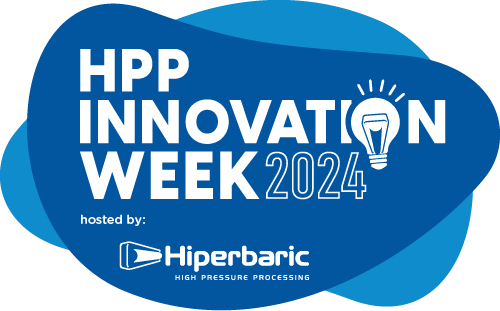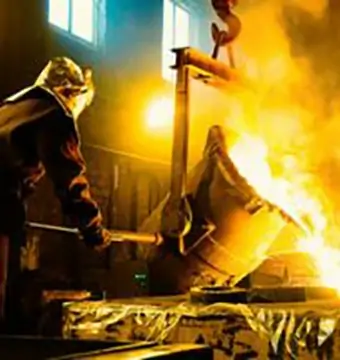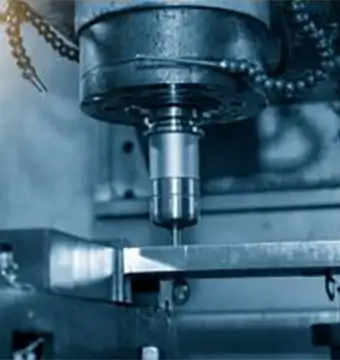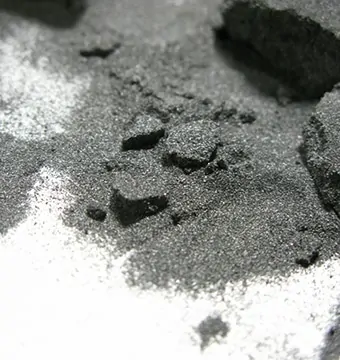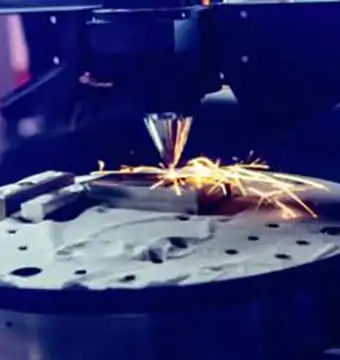Diffusion Bonding (DB)
Diffusion Bonding (DB) is considered an extension of the high temperature, long-term pressure welding process. The application of materials with specific properties onto a substrate of another material makes it possible to combine these properties at reduced cost. For example, the addition of a highly corrosion-resistant but expensive material over a more affordable base material (common in the nuclear industry). This technique, known as cladding, can be applied by welding the material to the substrate, with the problems associated with welding, but can also be applied by HIP. The fusion of materials by means of HIP is always done in a solid state.
Using the appropriate encapsulation techniques, it is possible to join solid to solid, powder to solid or powder to powder.




SYNERGIES AND BENEFITS OF USING HIP
Some of the main benefits of the combination of diffusion bonding and HIP techniques are the following:
- Solid state joining, as an alternative to welding, which has problems with heat affected zones (HAT) and defects
- Seamless diffusion of similar and/or dissimilar materials with different melting temperatures
- Cost savings due to targeted application of the material with specific properties.
- A wide range of material combinations is possible, in many cases avoiding the application of interlayers (buttering).
Typical examples of HIP and diffusion bonding combinations:
This technique is used to create complex shapes for the electronics, aerospace and nuclear industries for parts such as fuselages, actuator accessories, landing gear trunnions, gondola frames and nuclear control rods.
Materials that can typically be used for diffusion bonding and HIP are composites; hard facing materials; brazing and soldering, materials; super alloys; stainless steels, corrosion resistant materials, and titanium and aluminum alloys.

